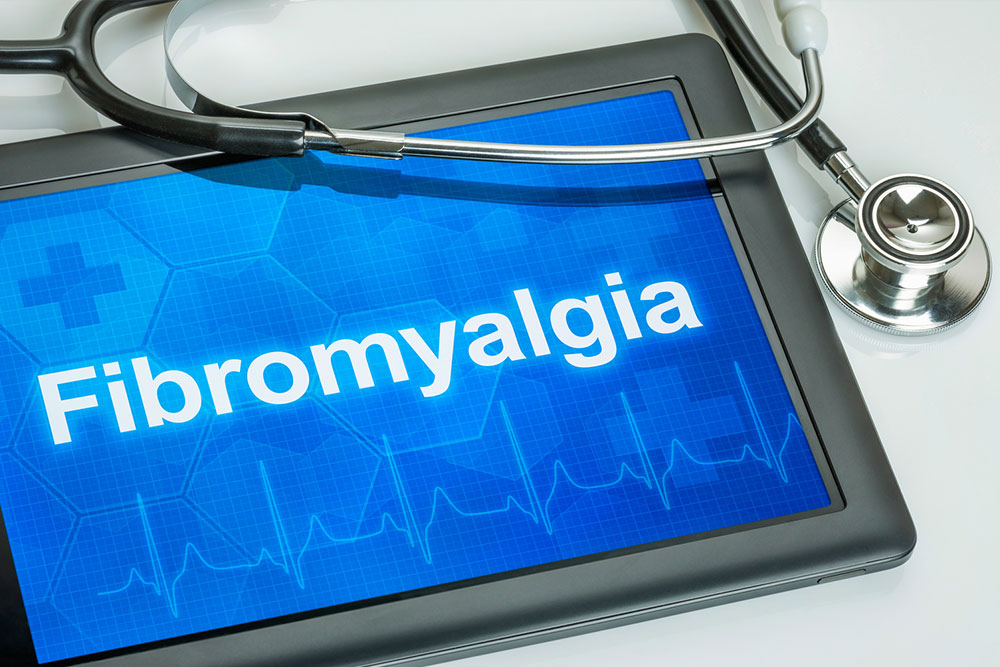Comprehensive Guide to Understanding and Managing Fibromyalgia
Discover everything about fibromyalgia including its symptoms, tender points, causes, and treatment options. Learn how lifestyle changes, medications, and alternative therapies can help manage this chronic condition effectively. Early diagnosis and personalized care are key to improving quality of life for those affected by fibromyalgia.

Comprehensive Guide to Understanding and Managing Fibromyalgia
Experiencing sudden muscles or tendon aches could indicate fibromyalgia. Its symptoms often mimic other conditions, complicating diagnosis and leading to advanced stages before proper identification. Common signs include joint discomfort, persistent fatigue, and cognitive issues. Predominantly affecting women, fibromyalgia may also cause mental fog and musculoskeletal pain. Stress, poor lifestyle choices, and low serotonin levels are primary contributors. Disrupted sleep further lowers serotonin, exacerbating symptoms. Managing fibromyalgia involves locating tender points, medication, therapy, and lifestyle adjustments tailored to individual needs.
Identifying fibromyalgia symptoms is essential for effective treatment. Many symptoms overlap with other health issues, making it vital to consult a healthcare professional if you experience any of these signs:
Migraines caused by serotonin and norepinephrine imbalances
Cognitive challenges like brain fog impairing clarity and judgment
Autoimmune conditions such as rheumatoid arthritis or lupus
Sleep disturbances like insomnia and restlessness
Digestive issues including cramps, constipation, and diarrhea
Pelvic discomfort and menstrual pain
Mental health issues like depression and anxiety
Obesity and sedentary habits increasing joint stress
Locating tender points is crucial in diagnosing fibromyalgia. There are 18 key trigger points, and pressure applied to these areas can confirm the diagnosis. Common tender points include the back of the neck, elbows, collarbone area, hips, lower back, knees, shoulders, and areas around the sternum.
Effective management includes a combination of medication, therapy, and lifestyle changes. Treatments encompass:
Over-the-counter pain relievers and prescription medications like tramadol, antidepressants, and anti-seizure drugs, always under medical supervision
Physical therapy to improve strength and flexibility
Occupational therapy to reduce physical stress during daily activities
Counseling to support emotional well-being
Alternative approaches such as acupuncture, massage, yoga, Tai Chi, and Qi Gong, which promote relaxation and pain relief
Achieving a healthier lifestyle, balanced diet, and mental well-being can significantly reduce fibromyalgia risks. Managing stress, staying hydrated, exercising regularly, and maintaining emotional health are key to natural symptom reduction. Proper diagnosis and tailored treatment plans lead to better outcomes, making active self-care vital in managing this chronic condition.










